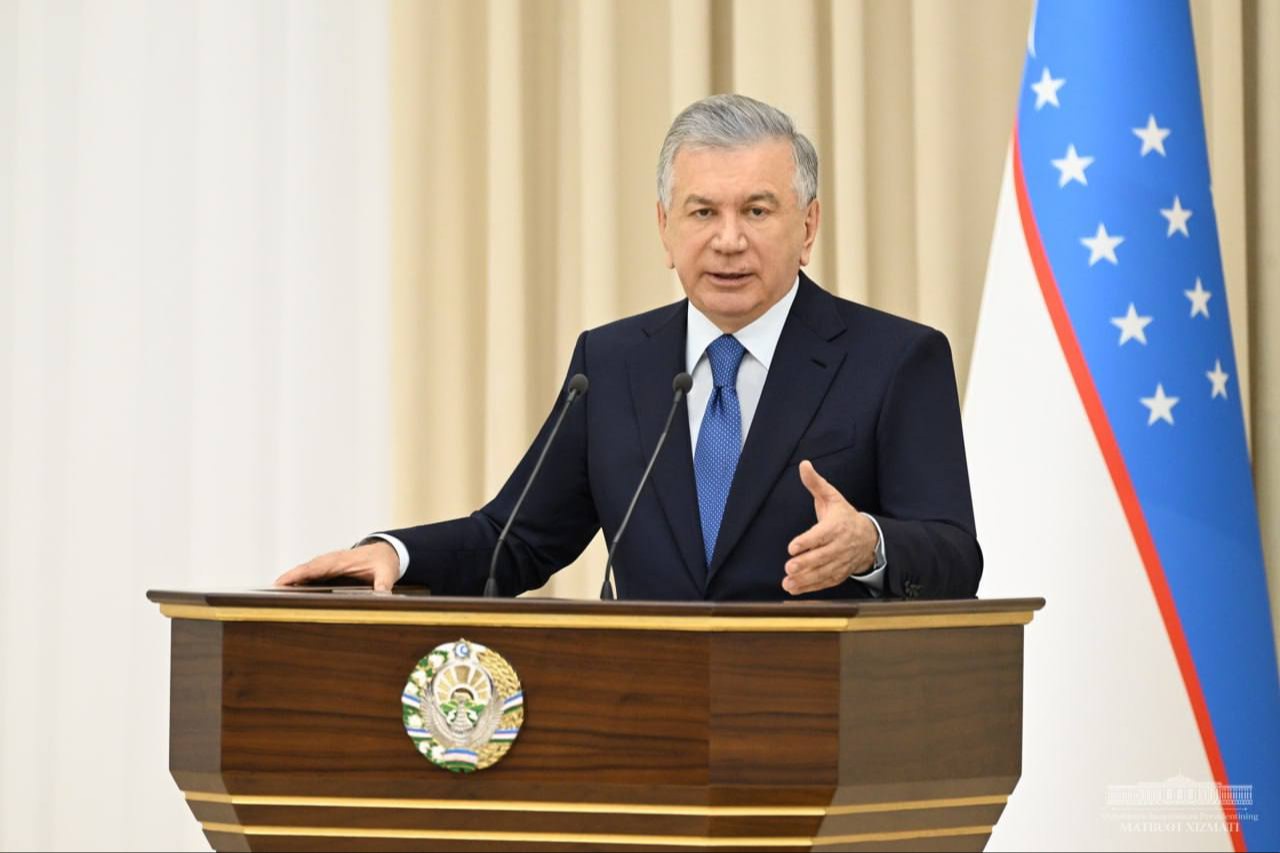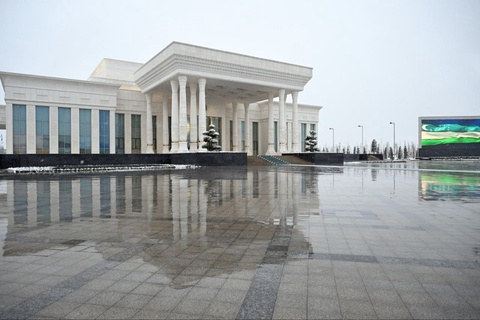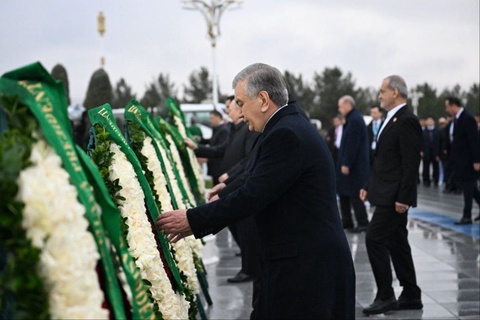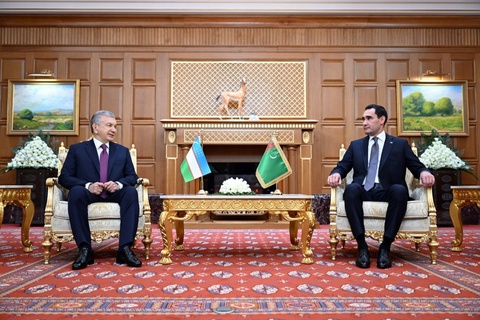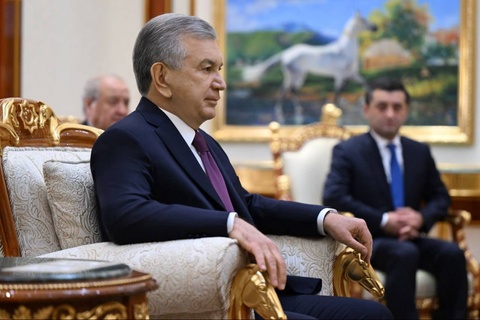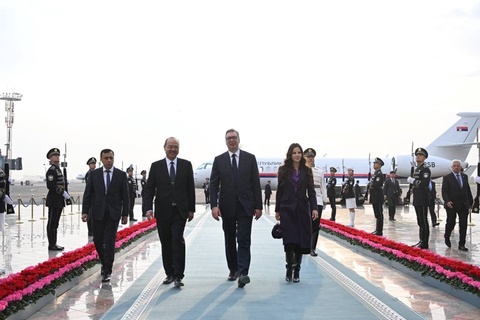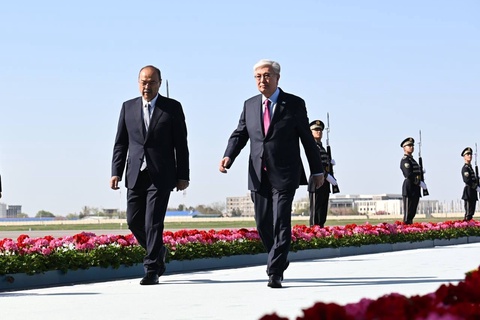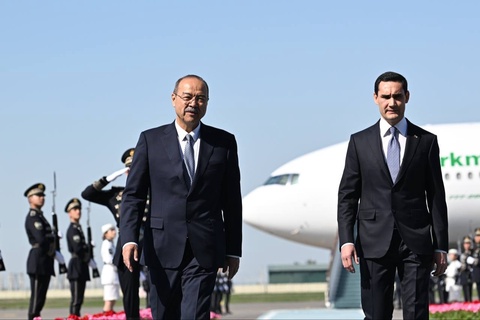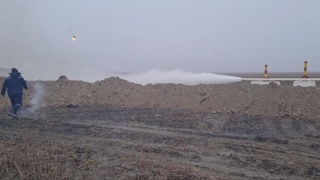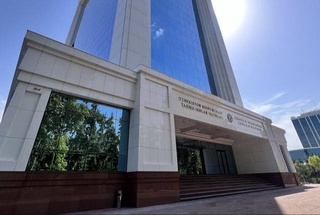It was noted that thanks to the hard work and entrepreneurial talent of the residents, Namangan is being transformed. Over the past seven years, the region’s economy has doubled, exports have tripled, and per capita income has reached 15.5 million UZS. Thanks to investments of 65 trillion UZS, 600 thousand jobs were created.
However, many opportunities have not yet been exploited, and there are shortcomings. For example, 86 percent of the region’s exports come from textiles and fruit and vegetable production. The level of industrialization in Pap, Chartak, Norin, and Yangikurgan is low. 56 thousand household plots are not used for growing products.
The problems were analyzed at the meeting, and tasks for the total mobilization of capabilities were identified.
The primary attention of the Head of state is paid to ensuring the employment of the population and increasing their incomes. Based on Saykhunabad’s experience, large-scale work has also begun in Namangan. Bank branches are attached to 788 mahallas in 14 districts of the region. Together with seven mahallas, they study each household’s capabilities and the families' desires and aspirations.
In the first stage, 4 thousand low-income families were selected, for which measures will be taken to increase per capita income to 2 million UZS. At the next stage, another 4 thousand families will receive financial, technical, and advisory support. In mahallas there are good opportunities for the development of floriculture, fish farming, beekeeping, livestock farming, viticulture, growing strawberries and potatoes. Preferential loans will be allocated for this.
“Who should do these things? Hokims representing the President, heads of sectors, more than 5,000 employees of economic agencies, “mahalla of seven”. To do this, all responsible persons must organize close work with every enterprise, entrepreneur, and household”, the Head of state said.
In recent years, complete processing of raw materials has been established in the textile industry, which has led to an increase in export volumes from 1 billion to 4 billion dollars. Similarly, there is a lot of potential in the jewelry industry. Every year, 100 tons of gold are mined in Uzbekistan, but only 6 percent of the gold is processed, producing only $78 million in exports.
In this regard, it was announced that jewelry zones with special conditions for entrepreneurs will be created. The supply chain of raw materials, specialist training, production, and sales system will be completely revised, and proposals for amendments to the legislation will be made.
Other untapped opportunities include roads and tourism. The distance from the city of Angren to Turakurgan is 100 kilometers, and the daily flow of cars exceeds 10 thousand. Entrepreneurs are ready to create cafes, shopping, and service points along this road, providing permanent employment for 10 thousand people. The task has been set to develop an appropriate master plan and put the land up for auction.
The need to develop tourism in the mountainous and picturesque areas of Namangan region and to increase air and rail transportation for the convenience of tourists was emphasized.
The region’s industrial potential is also high. In recent years, 72 small and youth industrial zones have been launched.
However, 16 industrial zones can accommodate additional projects on 78 hectares. 29 deposits have not been developed industrially. Exports to neighboring countries amount to $568 million, which does not correspond to the region’s potential.
In this regard, measures have been determined to put up deposits for auction, open additional customs posts and trading houses, and create a cargo terminal at Namangan International Airport and a logistics center near the Qamchiq Pass. Instructions were given for textile, leather, footwear, jewelry, electrical, and building materials projects.
Yesterday, construction began on a cascade of hydroelectric power stations on the Norin River and two solar power plants with a capacity of 1 thousand megawatts in Pap district. Next year, it is also planned to launch a cascade of small hydroelectric power plants with a capacity of 51 megawatts on the Great Andijan Canal.
During the discussion of agricultural problems, it was noted that the work on concreting canals and introducing water-saving technologies leaves much to be desired.
Based on Slovenia's experience, intensive fish farming will be developed in Uchkurgan, Pap, Uychi, and Mingbulak. Four large projects will be launched in this area.
Of the 1.5 million tons of fruits and vegetables grown in Namangan, only 10 percent were exported. With proper work organization, exports can be increased by 3-5 times. To achieve this, the geography of fruit and vegetable exports will expand to China, Germany, Italy, Spain, and Arab countries. An agrochemical map of 54 thousand hectares of land will be developed, 18 thousand hectares of which will be adapted to GSP+ requirements.
The region has a low level of processing of fruits, vegetables, meat, and milk. For example, despite the specialization of Kasansay and Chartak in vegetable and fruit growing, there is not a single processing enterprise.
Therefore, 62 projects worth $141 million will be launched. Large livestock clusters will be created in Kasansay and Pap.
Special attention was paid to improving the infrastructure of cities and mahallas. The city of New Namangan is currently being built for 200 thousand residents. In Chust and Pap districts, “New Uzbekistan” neighborhoods will be built for 10 thousand residents, housing for 20 thousand apartments, an IT park and a green park.
Tasks have been identified to improve the water supply and construct and repair district roads.
Based on 16 specialized medical centers in the region, two will be created – the first and second medical centers of Namangan. This will allow emergency and other medical services, diagnostic services, and specialists in specialized areas to be concentrated in one place, providing 24-hour service to the population.
Issues of improving the quality of education in higher education institutions and the employment of youth and women were raised.
Information from regional and district hokims and ministers was heard on the issues discussed at the meeting. A sincere dialogue with the public of the districts took place via videoconference.





